Benefits of Magnolia Grandiflora (Southern Magnolia) Plants
Magnolia grandiflora, commonly known as the Southern Magnolia, is one of the most iconic flowering trees native to the southeastern United States. With its stunning, fragrant white blooms, glossy green leaves, and evergreen foliage, the Southern Magnolia is a cherished ornamental tree in both urban and natural landscapes. However, beyond its visual beauty, Magnolia grandiflora offers a wide range of ecological, medicinal, economic, and cultural benefits.
In this detailed guide, we will explore the major benefits of Magnolia grandiflora, highlighting why it is not only valued for aesthetics but also for its practical and ecological importance.
Magnolia grandiflora, or the Southern Magnolia, is more than just a visually striking tree.
1. Ornamental Beauty and Landscape Value
One of the most obvious and celebrated benefits of Magnolia grandiflora is its incredible aesthetic appeal. This tree can grow up to 60–80 feet tall and features massive, creamy-white flowers that can reach 12 inches in diameter.
Visual Appeal
Its evergreen foliage provides year-round beauty.
The contrast between dark green upper leaf surfaces and rusty brown undersides adds depth and texture to gardens.
The large, fragrant flowers bloom in late spring and throughout summer.
Versatility in Landscaping
Ideal for use as a specimen tree in home gardens, parks, and public spaces.
Can be used as a natural screen or windbreak due to its dense growth habit.
Provides a luxurious, elegant appearance in formal landscaping designs.
2. Evergreen Foliage and Year-Round Shade
Unlike many other flowering trees, Magnolia grandiflora retains its glossy leaves year-round. This feature provides multiple benefits:
Shade and Cooling Effect
Offers consistent shade in residential and urban environments.
Helps cool surrounding areas, lowering local temperatures and reducing air conditioning costs.
Privacy and Windbreak
Acts as a natural barrier, increasing privacy in outdoor spaces.
Serves as a windbreak to protect smaller plants and reduce soil erosion.
3. Fragrance and Sensory Benefits
The flowers of Southern Magnolia produce a sweet, lemony fragrance that has a calming and relaxing effect on the senses.
Aromatherapy Effects
The tree’s scent contributes to stress reduction and promotes a peaceful environment.
Ideal for therapeutic gardens, meditation areas, and relaxation zones.
Pollinator Attraction
Attracts bees, butterflies, and beetles, promoting pollination and biodiversity.
Supports local ecosystems through its role in the reproductive cycle of various insects.
4. Wildlife Habitat and Ecological Role
Magnolia grandiflora plays an important role in maintaining local biodiversity and supporting wildlife.
Shelter and Nesting Site
Dense branches and foliage offer nesting areas for birds and small animals.
Provides shelter during harsh weather conditions.
Food Source
The cone-like fruit of the tree contains red seeds that are consumed by birds, squirrels, and other wildlife.
Serves as a valuable food resource during fall and winter when other supplies are scarce.
5. Air Purification and Environmental Benefits
Southern Magnolia contributes significantly to improving air quality and enhancing the environment.
Carbon Sequestration
Like all trees, Magnolia grandiflora absorbs carbon dioxide from the atmosphere and releases oxygen.
Helps mitigate climate change by storing carbon in its biomass.
Pollution Reduction
Removes particulate matter and harmful gases like nitrogen dioxide, sulfur dioxide, and ozone from the air.
Enhances air quality in urban settings, reducing respiratory issues in humans.
Erosion Control
Extensive root systems stabilize soil, preventing erosion on slopes and in landscapes.
Roots also improve water retention and promote better soil structure.
6. Medicinal Properties
Magnolia grandiflora is not only an ornamental tree but also a plant with valuable medicinal uses, particularly in traditional herbal medicine.
Magnolol and Honokiol
The bark and flowers of the Magnolia tree contain two powerful compounds: magnolol and honokiol.
These compounds exhibit anti-inflammatory, antioxidant, anti-anxiety, and antimicrobial properties.
Traditional Uses
In Chinese and Native American medicine, Magnolia bark has been used to treat anxiety, asthma, and digestive issues.
Infusions made from Magnolia bark are thought to support the nervous system and improve sleep.
Note: Always consult with a medical professional before using any plant-based remedies.
7. Economic and Commercial Uses
Magnolia grandiflora has a variety of commercial applications, ranging from the landscaping industry to the production of natural cosmetics and wellness products.
Nursery Trade
A top seller in the ornamental plant industry.
Southern Magnolia saplings are in high demand among landscapers and home gardeners.
Essential Oils and Extracts
Magnolia flower essential oil is used in perfumes, soaps, and skincare products.
Bark extracts are used in natural supplements for relaxation and cognitive support.
Note:Magnolia grandiflora, or the Southern Magnolia, is more than just a visually striking tree.
8. Cultural and Symbolic Significance
Magnolia grandiflora is deeply rooted in Southern culture and history. It is admired not just for its beauty, but for what it symbolizes.
Symbol of the South
Represents strength, purity, and dignity.
Featured in Southern art, literature, and architecture.
Weddings and Celebrations
Magnolia flowers are often used in bridal bouquets and decorations for their symbolism of purity and nobility.
In some cultures, the tree is associated with love, endurance, and good fortune.
9. Low Maintenance and Adaptability
Despite its grand appearance, the Southern Magnolia is relatively low-maintenance once established.
Drought Tolerance
Mature trees are drought-resistant and require minimal watering.
Suitable for areas with water restrictions or dry seasons.
Pest and Disease Resistance
Generally resistant to common pests and diseases.
Requires little to no chemical treatment compared to other ornamental trees.
Soil and Climate Adaptability
Grows well in a variety of soil types including loam, clay, and sand.
Thrives in USDA hardiness zones 6–10.
10. Long Lifespan and Legacy Tree
Magnolia grandiflora is known for its longevity and structural strength.
Legacy Tree
With a lifespan that can exceed 100 years, it is often planted as a legacy tree for future generations.
Ideal for parks, estates, universities, and memorial plantings.
Structural Integrity
Its strong trunk and dense wood make it resistant to storm damage.
Provides lasting beauty and functionality for decades.
11. Educational and Research Importance
The Southern Magnolia is often used in botanical research and educational settings.
Learning Resource
Featured in botany courses and arboretums to study flower anatomy, pollination, and plant physiology.
Helps students learn about plant biodiversity and adaptation.
Conservation and Ecology Studies
Plays a key role in habitat restoration and conservation projects.
Used as a model species to study climate resilience in plants.
12. Positive Psychological Impact
Living in an environment surrounded by greenery, including majestic trees like Magnolia grandiflora, has proven mental health benefits.
Mood Enhancement
Exposure to nature reduces stress, anxiety, and symptoms of depression.
The beauty and fragrance of Magnolia flowers can lift mood and promote mindfulness.
Increased Outdoor Engagement
Encourages outdoor activities such as gardening, bird watching, and nature appreciation.
Creates inviting green spaces for social gatherings and family enjoyment.
13. Seasonal Appeal
Unlike deciduous trees that only look attractive during specific seasons, the Southern Magnolia offers multi-season appeal.
Spring and Summer
Blooms profusely with large white flowers that attract pollinators.
Autumn
Produces cone-like fruits that add color and texture to the landscape.
Winter
Maintains its green foliage, providing life and vibrance during dull, leafless months.
14. Support for Native Ecosystems
As a native species, Magnolia grandiflora supports and enhances local ecosystems more effectively than exotic plants.
Biodiversity Boost
Encourages the presence of native birds, insects, and fungi that rely on native flora.
Strengthens ecological resilience and balance.
Low Risk of Invasiveness
Unlike non-native species, Magnolia grandiflora is well-behaved and non-invasive, making it safe for natural and urban settings.
Conclusion
Magnolia grandiflora, or the Southern Magnolia, is more than just a visually striking tree. It embodies a rich combination of aesthetic elegance, ecological importance, medicinal value, and cultural symbolism. From purifying the air and supporting wildlife to enriching the human spirit and enhancing the landscape, this tree truly earns its place in gardens, parks, and hearts around the world.
Whether you’re a gardener, landscaper, herbal enthusiast, or simply a nature lover, investing in a Southern Magnolia offers beauty and benefits that endure for generations. Its graceful form and resilience serve as a reminder of nature’s strength, purity, and timeless charm.
Would you like this content formatted for a website or blog post layout with headings and bullet points optimized for SEO?
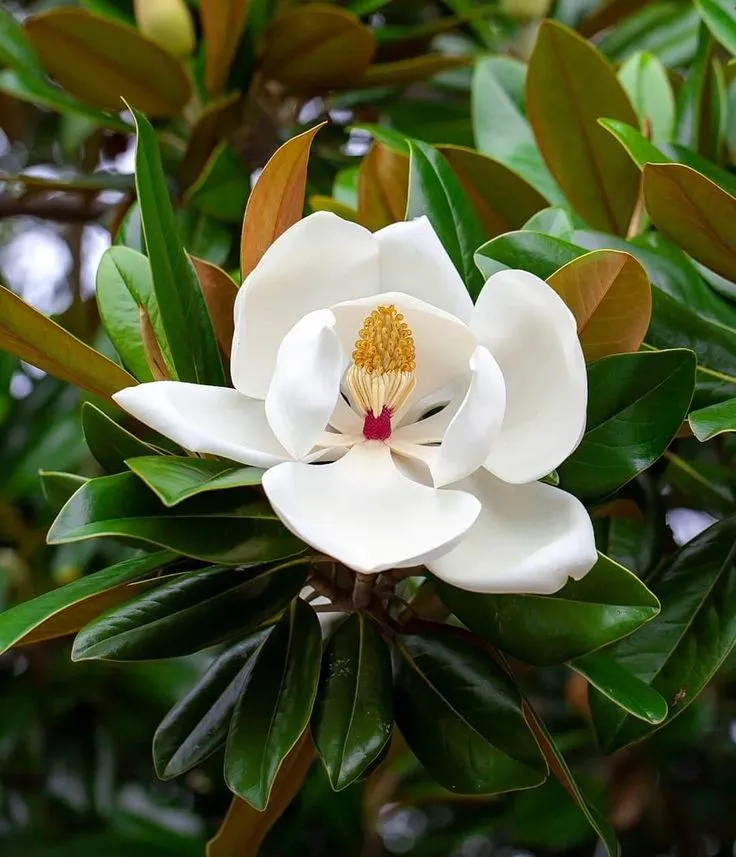


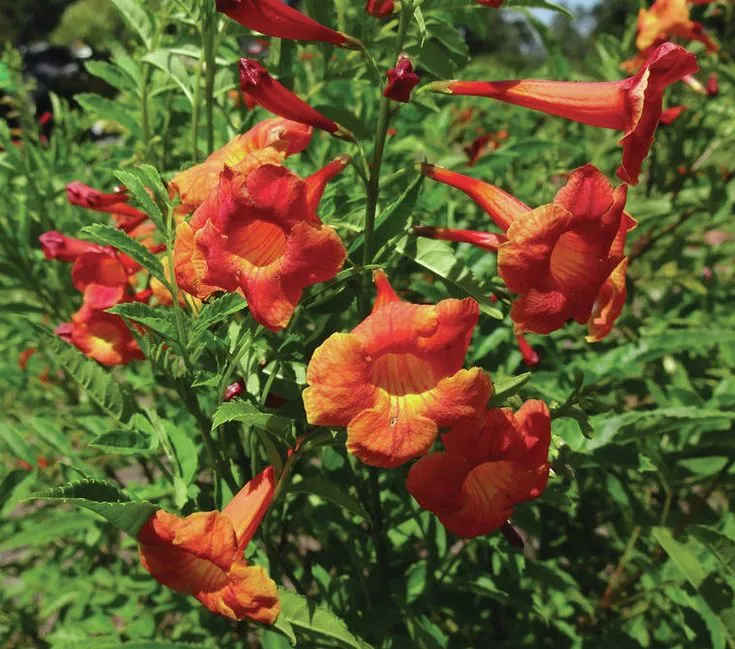
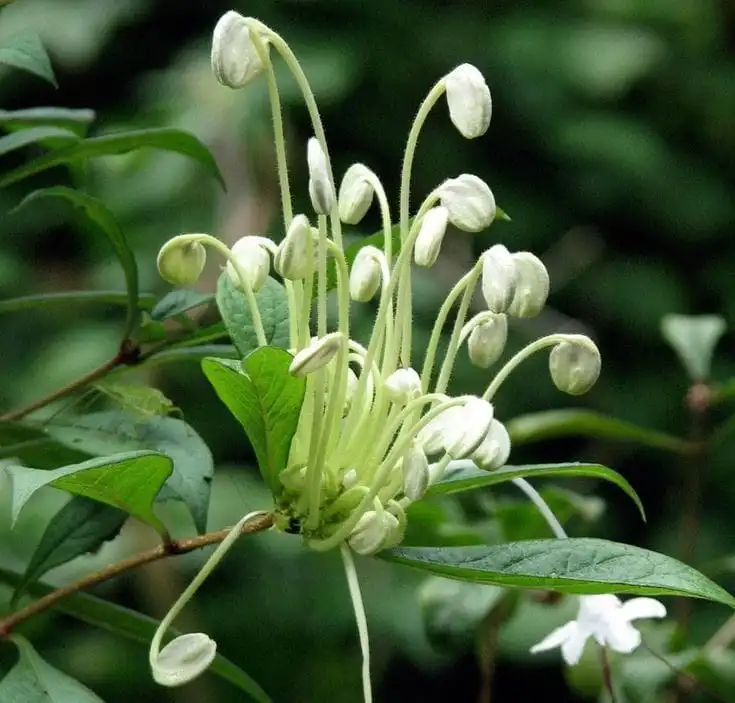
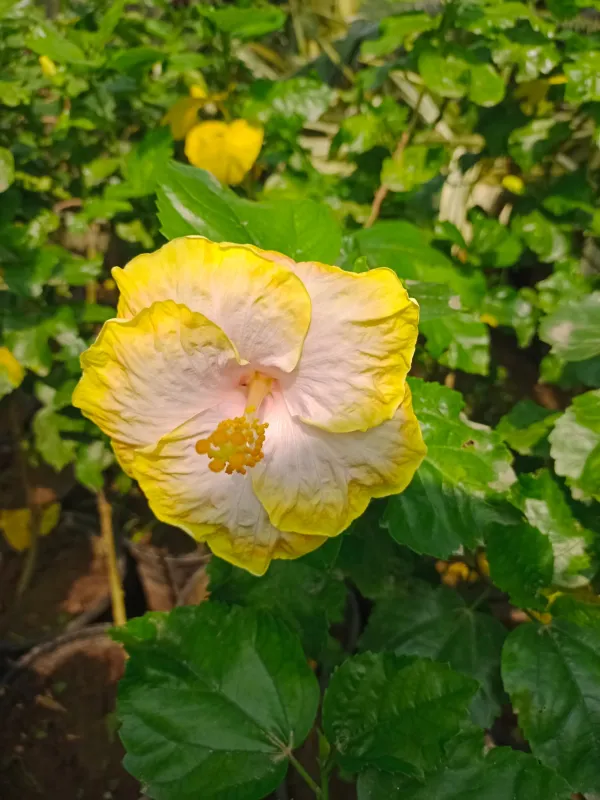

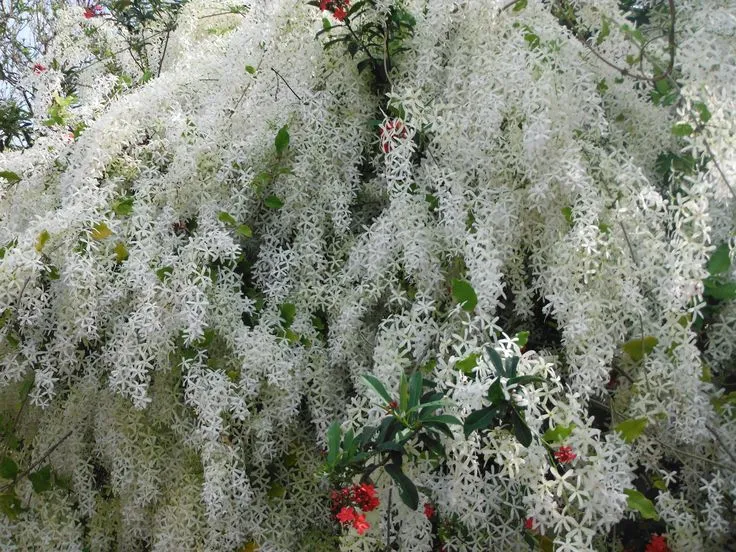

Leave a Reply